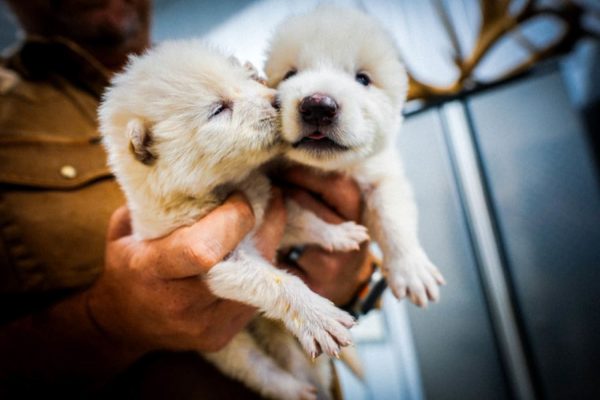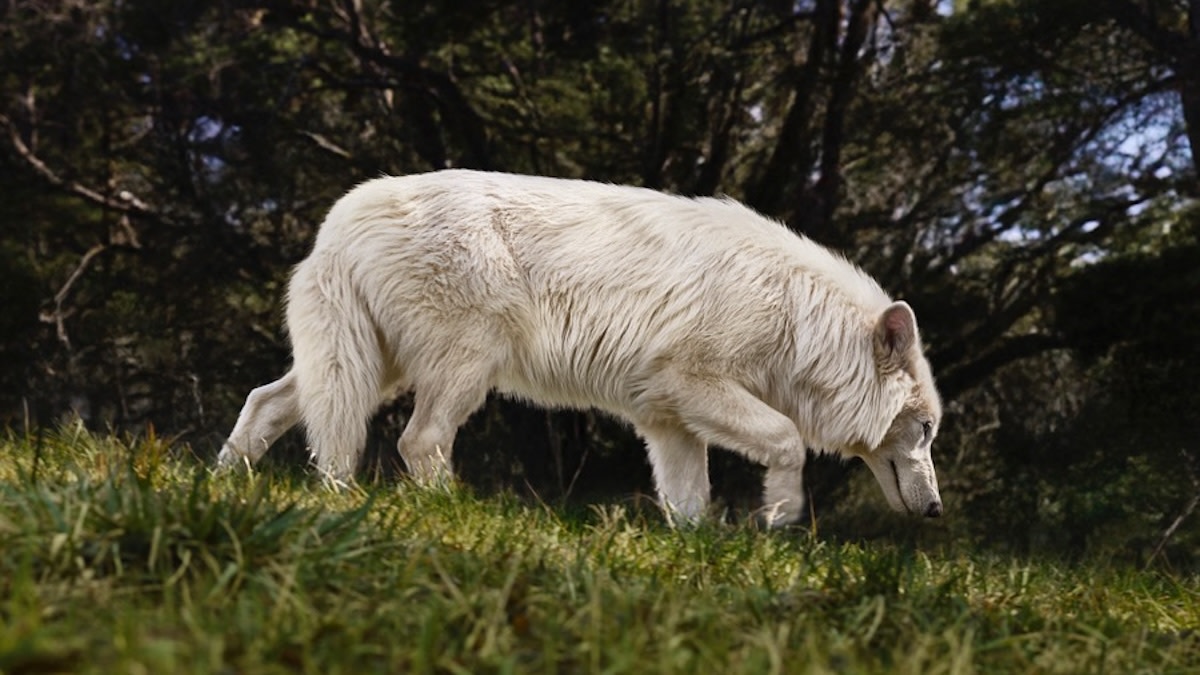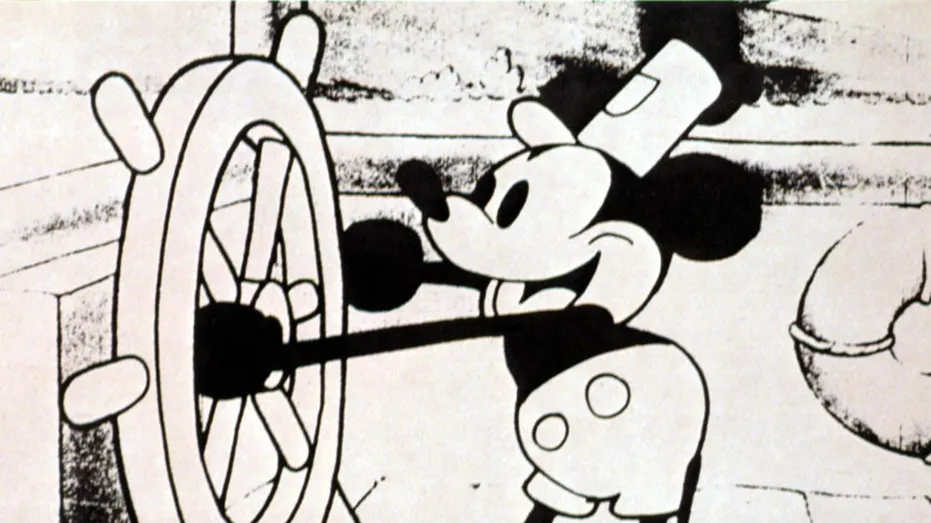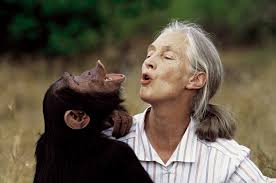A specific wolf species died out more than 10,000 years ago, and scientists claim to have brought it back. Scientists engineered grey wolf DNA to make grey wolves imitate the attributes of the extinct dire wolf. It’s not exact, but they nailed it pretty close. They made 20 edits to the gray wolf. Changing muscle, fur, size, and so on, these edits were made to 14 genes out of thousands of other genes. It doesn’t sound like a lot, but the final product is exceptionally close. Yet it’s still 99.9% grey wolf, says Dr. Love Dalén.
This process uses only grey wolf DNA and their genes to imitate the dire wolf. These wolves were distant relatives of the grey wolf but evolved separately. Dire wolves were stronger and built to take down bigger prey like bison. They lived in the Americas during the Ice Age but went extinct about 10,000 years ago, but not anymore. The harsh environment they li ved in during the ice age helped them evolve and become stronger, making them better than the gray wolf.
ved in during the ice age helped them evolve and become stronger, making them better than the gray wolf.
Colossal Biosciences is the company behind all of this. They found an ancient tooth and skull thousands of years ago and extracted DNA from them. Then, using grey wolves, scientists edited specific genes to mimic traits of the extinct dire wolf. Since all the genetic material comes from grey wolves, the resulting animals are still technically 99.9% grey wolves at their core. Yet they look 1 to 1.
We can see what they look like for ourselves because these look-alike wolves are roaming in a pen today. The cubs were born a few months ago; three older wolves are happily together. More pups were also born from the older males and females. Proving that all of the surgeries and gene editing went successfully. It was hard for them because not all genes express good traits. Some might introduce blindness, deafness, or a different coat color.
 Colossal wants to do this to make advancements in gene engineering. Bringing new and modified species to ecosystems could fix a broken one in the future. Yet it can be dangerous and ruin an ecosystem by bringing back powerful animals. They wanted to bring back the mammoth, dodo, and Tasmanian tiger. Colossal claims they did the first “successful de-extinction,” but skeptics say otherwise. Critics say it’s too costly. A de-extinct animal has no role because “the ecosystems they used to live in are extinct,” Dr. Knapp said.
Colossal wants to do this to make advancements in gene engineering. Bringing new and modified species to ecosystems could fix a broken one in the future. Yet it can be dangerous and ruin an ecosystem by bringing back powerful animals. They wanted to bring back the mammoth, dodo, and Tasmanian tiger. Colossal claims they did the first “successful de-extinction,” but skeptics say otherwise. Critics say it’s too costly. A de-extinct animal has no role because “the ecosystems they used to live in are extinct,” Dr. Knapp said.
For now, Colossal is keeping the current dire wolves in an enclosed environment in an unknown area out of the public’s sight. They carefully monitor them, ensuring they display the attributes and behavior they are supposed to have. Colossal has only said they want to make a pack of these modified wolves. We don’t know if they plan on releasing them in the wild in a controlled manner, but it would require careful consideration. This is only the beginning of Colossal’s advancement, and they have many more specifics about “de-extinct” in mind.














